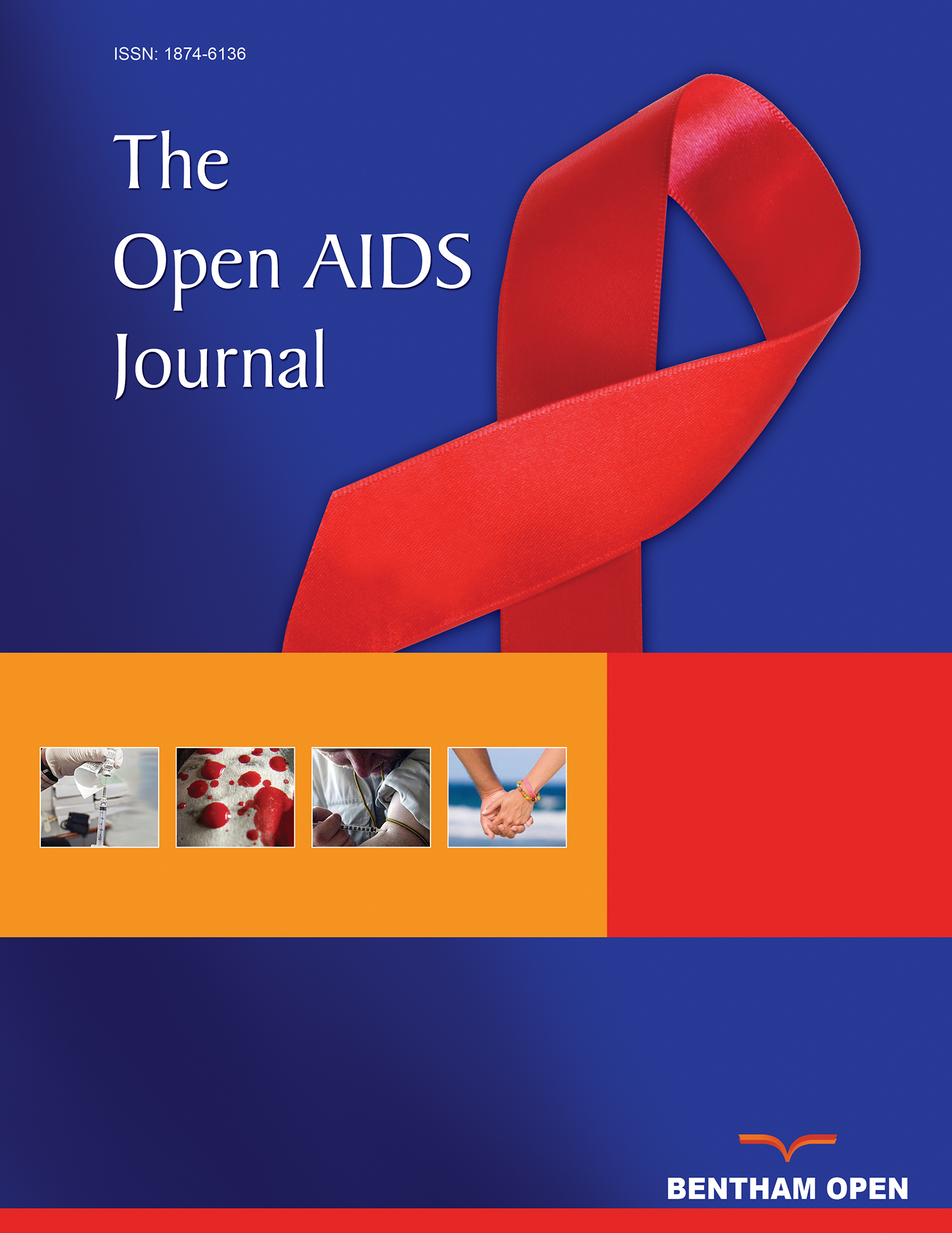All published articles of this journal are available on ScienceDirect.
Pre-Exposure Prophylaxis Uptake and Associated Factors Among Key Populations in the Nylon and New Bell Health Districts, Cameroon
Abstract
Introduction
Pre-Exposure Prophylaxis (PrEP) is an effective HIV prevention strategy for populations at high risk, including men who have Sex with men (MSM) and Female Sex Workers (FSW). Despite being a proven HIV prevention tool and its effectiveness, the uptake of PrEP remains low in many settings, including Cameroon, posing challenges to HIV control. This study assessed PrEP uptake and associated factors among key populations in Nylon and New Bell Health Districts of Cameroon.
Methods
A cross-sectional study was conducted among 284 participants (91 MSM and 193 FSW) between January and June 2024, recruited through purposive and snowball sampling. PrEP eligibility was assessed based on self-reported risk behaviors, as outlined in World Health Organization (WHO) guidelines. Data on demographic characteristics, PrEP awareness, and uptake were collected through structured questionnaires. Logistic regression analyses identified factors associated with PrEP uptake.
Results
Among the 220 participants eligible for PrEP, only 62 (28.2%) accepted and were initiated on the medication. Significant predictors of uptake included monthly income above 100,000 FCFA (aOR = 4.37, 95% CI: 1.76–11.5, p = 0.002), MSM status (aOR = 2.97, 95% CI: 1.24–7.30, p = 0.015). Conversely, engaging in condomless sex (aOR = 0.35, 95% CI: 0.15–0.75, p = 0.009), higher education (aOR = 0.36, 95% CI: 0.13–0.92, p = 0.034), and relying on sex as the primary source of income (OR = 0.10, 95% CI: 0.02–0.37, p < 0.001) were negatively associated with PrEP uptake.
Discussion
PrEP uptake in Nylon and New Bell remains suboptimal, reflecting persistent economic, behavioral, and structural barriers. Higher income and MSM status predicted uptake, while condomless sex, sex as a source of income, and higher education were negative factors. Addressing stigma, financial vulnerability, and risk perception through tailored, community-based interventions is essential to strengthen PrEP utilization and HIV prevention outcomes in Cameroon.
Conclusion
PrEP uptake remains suboptimal among key populations in the Nylon and New Bell Health Districts. Financial barriers, socio-demographic factors, and sexual behavior have a significant influence on uptake. Tailored public health interventions addressing these barriers are essential for enhancing PrEP utilization and reducing HIV transmission in these vulnerable groups.


